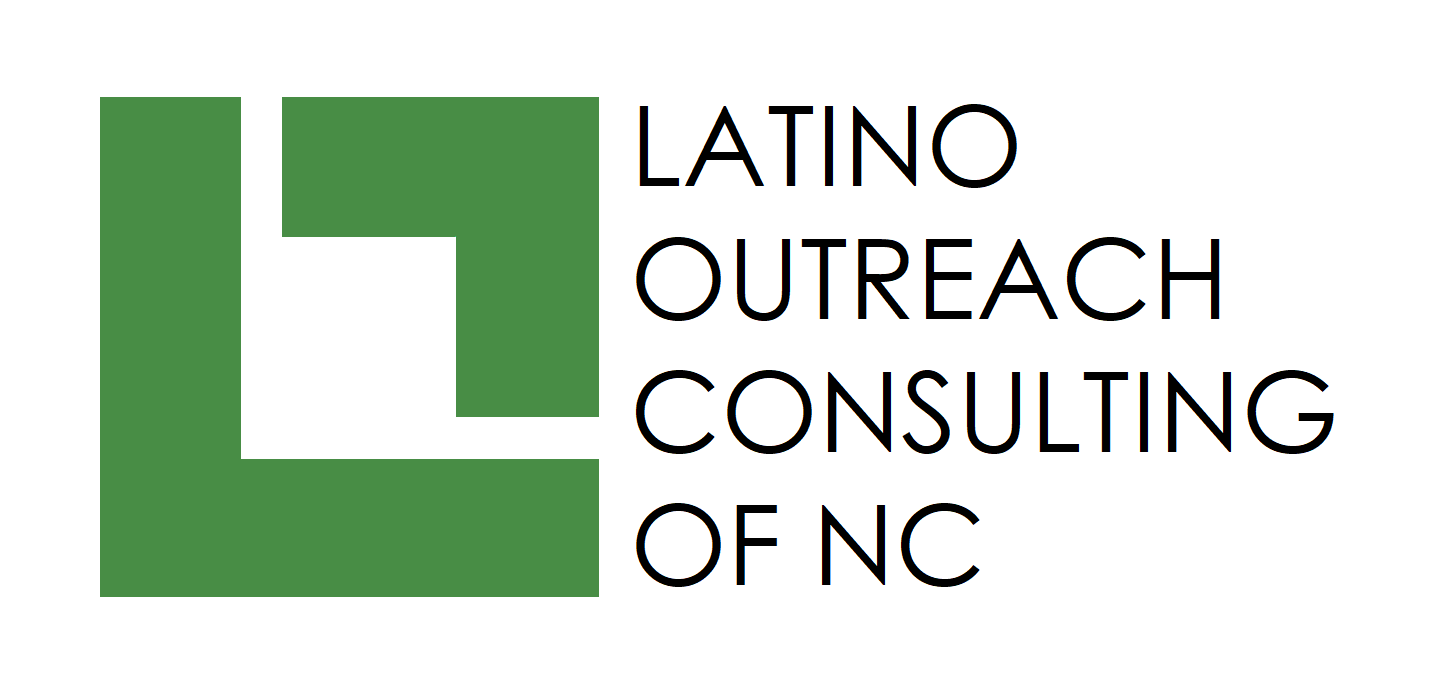Factor #4 in Title VI Compliance: The LEP Plan
Limited English Proficient (LEP) Plan
In North Carolina, compliance with Title VI is extremely pressing and relevant issue.
Prior to 1980, the Hispanic population in North Carolina was low in comparison to the rest of the population, and was concentrated to a few agricultural areas. However, twenty years later, the Hispanic population has exploded 1,180% and is an important part of the community in almost every county in the state.
The reality is, however, that most government agencies, hospitals, doctors, schools, and social service agencies have lagged behind the exponential growth and needs of the Hispanic population. Many are even unaware of the civil responsibility that Title VI places on their shoulders, and are falling behind the times.
Hopefully, this information will be useful to agencies looking to implement language assistance measures, as the first step is understanding what LEP compliance means. However, LEP compliance is not a one-size-fits-all operation. In fact, each agency covered by Title VI should consider developing and implementing an individualized LEP plan.
An effective LEP plan must include the following 5 points (as required by the US Department of Justice):
1. The identification of LEP individuals in the service population
2. Implementation of oral and written language assistance measures
3. Training of staff on LEP policies and procedures
4. Notification to LEP persons of available language assistance measures
5. Regular monitoring and updating of LEP plan
If you are an agency that requires assistance in improving their service to LEP persons in North Carolina, please give us a call. There is no reason that Title VI compliance has to be a painful and unmanageable burden on any agency, no matter how small.
In fact, we can help your agency identify and overcome barriers in service to Hispanics in an effective, low-cost way, and can help your agency develop and implement an effective LEP Plan in order to comply with Title VI Standards.
